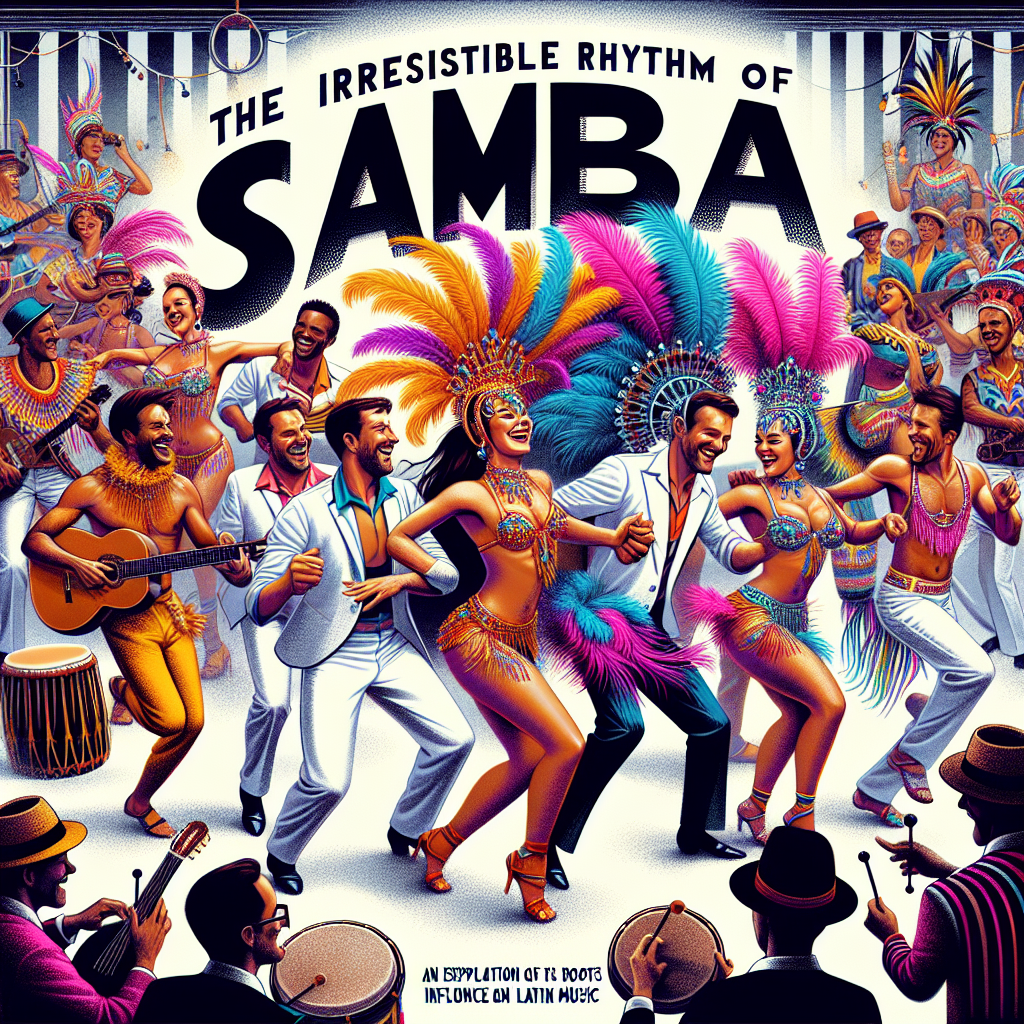Reggaeton, a vibrant blend of Latin American rhythms, dancehall reggae, and hip hop, has stamped its unique rhythm into the heartbeat of popular music around the globe. But where did this distinctive genre, characterized by its infectious beats and sultry themes, emerged from? And how has it expanded to its current status? This article seeks to explore the origins, evolution, and current growth of Reggaeton music.
Origins of Reggaeton
The roots of Reggaeton music can be traced back to the Caribbean, specifically Puerto Rico, in the early 1990s. Reggaeton unconventionally combines elements from several genres including reggae, hip hop, and Latin American music. Its birth came from the Puerto Rican interpretation of the Panamanian Reggae en Español.
The genre was initially considered an underground movement in its early days, produced in marginal neighborhoods of San Juan, Puerto Rico, and was subjected to government censorship and lack of airplay.
Influence and Evolution
During the late ’90s, the genre started to gain more significant recognition beyond the realms of the Puerto Rican underground scene. This resurgence was led by key figures such as Daddy Yankee, Don Omar, and Ivy Queen, who are considered pioneers of this genre. Their inclusion of controversial social themes, combined with infectious rhythms and choruses, propelled the genre into the mainstream.
Reggaeton music began weaving its unique rhythm into other genres, leading to a noticeable shift in the Latin music electro scene with the introduction of ‘Dembow’ rhythm, often synonymous with Reggaeton.
Reggaeton’s Global Explosion
The early 2000s marked the global explosion of Reggaeton, conquering international charts and cementing its place in mainstream music. This was primarily due to the crossover success of the 2004 hit ‘Gasolina’ by Daddy Yankee. Its infectious rhythm and rebellious narrative became a global phenomenon, providing a platform for Reggaeton music to thrive across the world.
The genre’s hoisting onto the global stage paved the way for a new generation of Reggaeton artists, such as J Balvin, Bad Bunny, and Nicky Jam. They continue pushing the genre’s boundaries, experimenting with different musical styles, shout-out choruses, and thumping beats that keep listeners dancing.
Conclusion
Reggaeton’s growth from its underground roots in Puerto Rico to becoming a global force in music is a testament to its irresistible rhythm, rebellious spirit, and the artists who have championed it. In the current era, Reggaeton has proven its staying power and continues to evolve and impact the music scene globally, making it more than just a music genre – it is a cultural movement.
Frequently Asked Questions
- Where did Reggaeton originate from?
Reggaeton originated in Puerto Rico in the 1990s, evolving from the local interpretation of the Panamanian Reggae en Español.
- Who are some pioneers of Reggaeton?
Daddy Yankee, Don Omar, and Ivy Queen are considered early pioneers of the genre, assisting in bringing Reggaeton to mainstream recognition.
- Which song marked Reggaeton’s global recognition?
‘Gasolina’ by Daddy Yankee, released in 2004, was a worldwide hit that thrust Reggaeton onto the global music stage.
- Who are the current notable Reggaeton artists?
Current prominent artists in the Reggaeton scene include J Balvin, Bad Bunny, and Nicky Jam, who are known for pushing the genre’s boundaries.
- What makes Reggaeton unique?
Reggaeton is characterized by its unique blend of reggae, hip hop, and Latin American music. Its ‘dembow’ rhythm and themes of social rebellion contribute to its distinct sound and feel.




